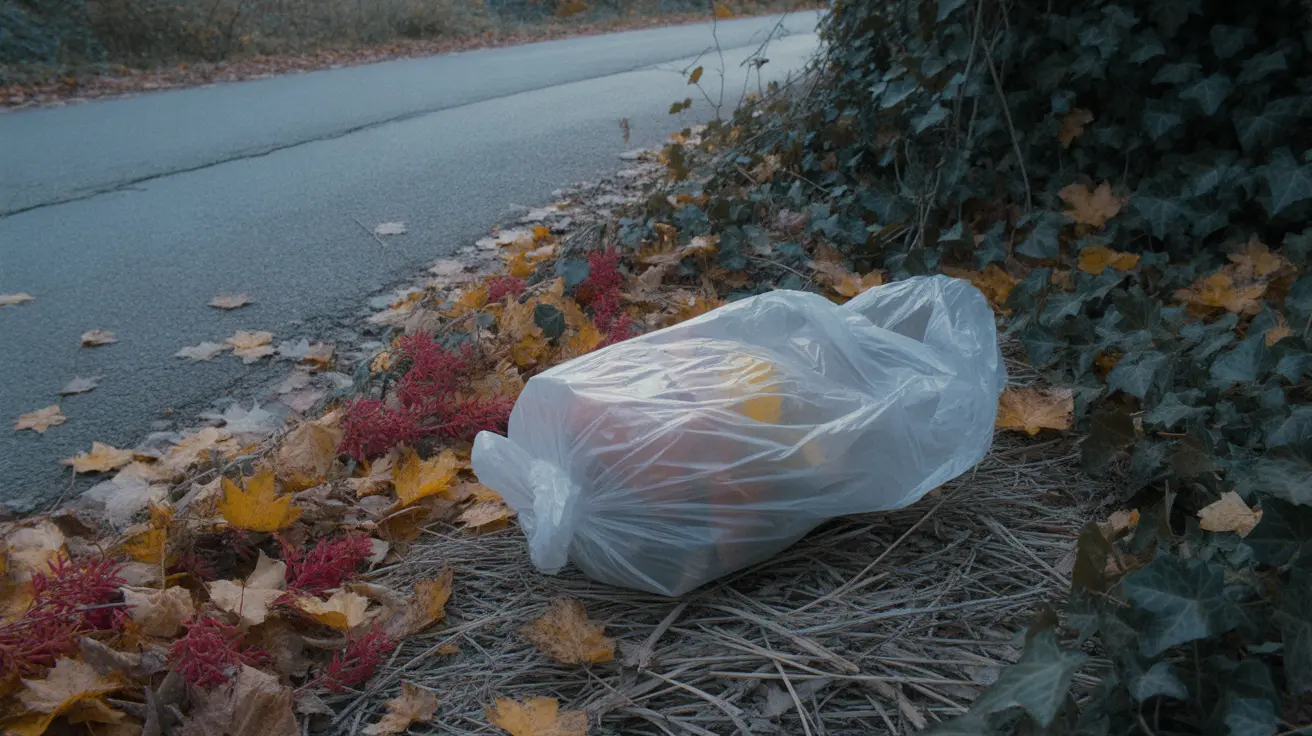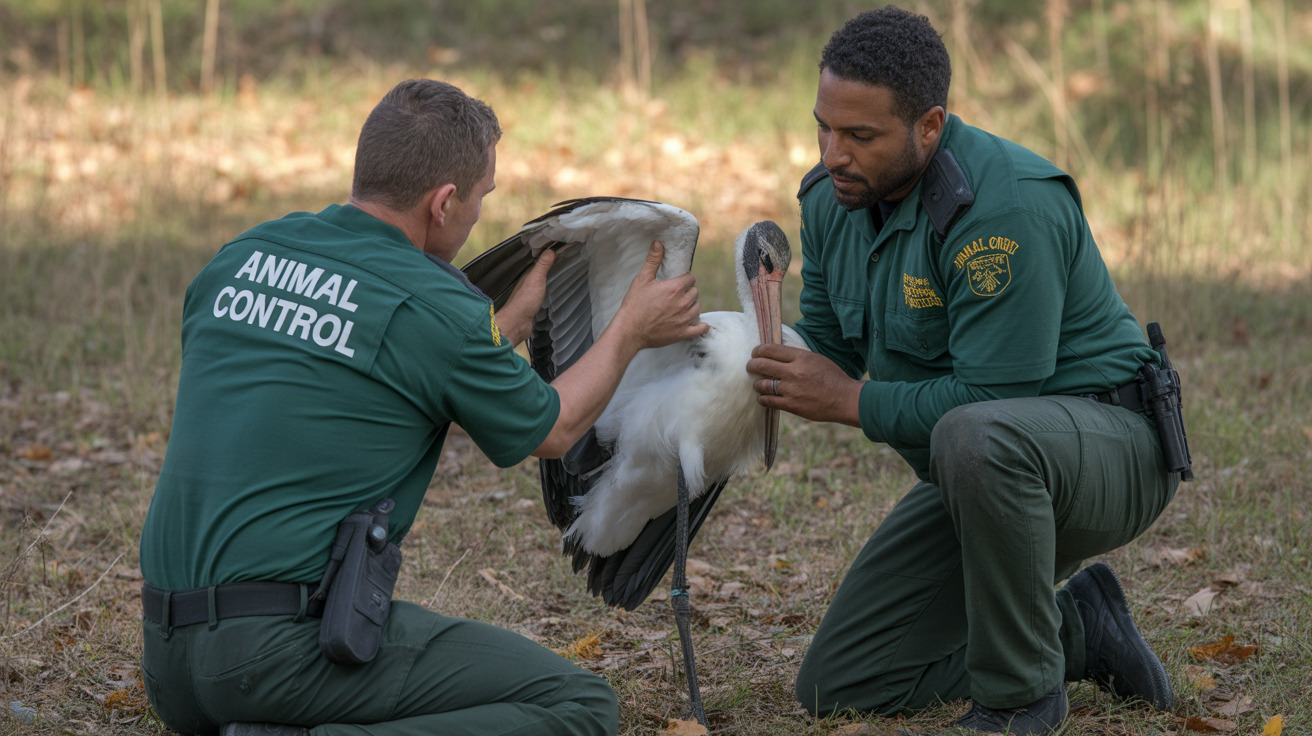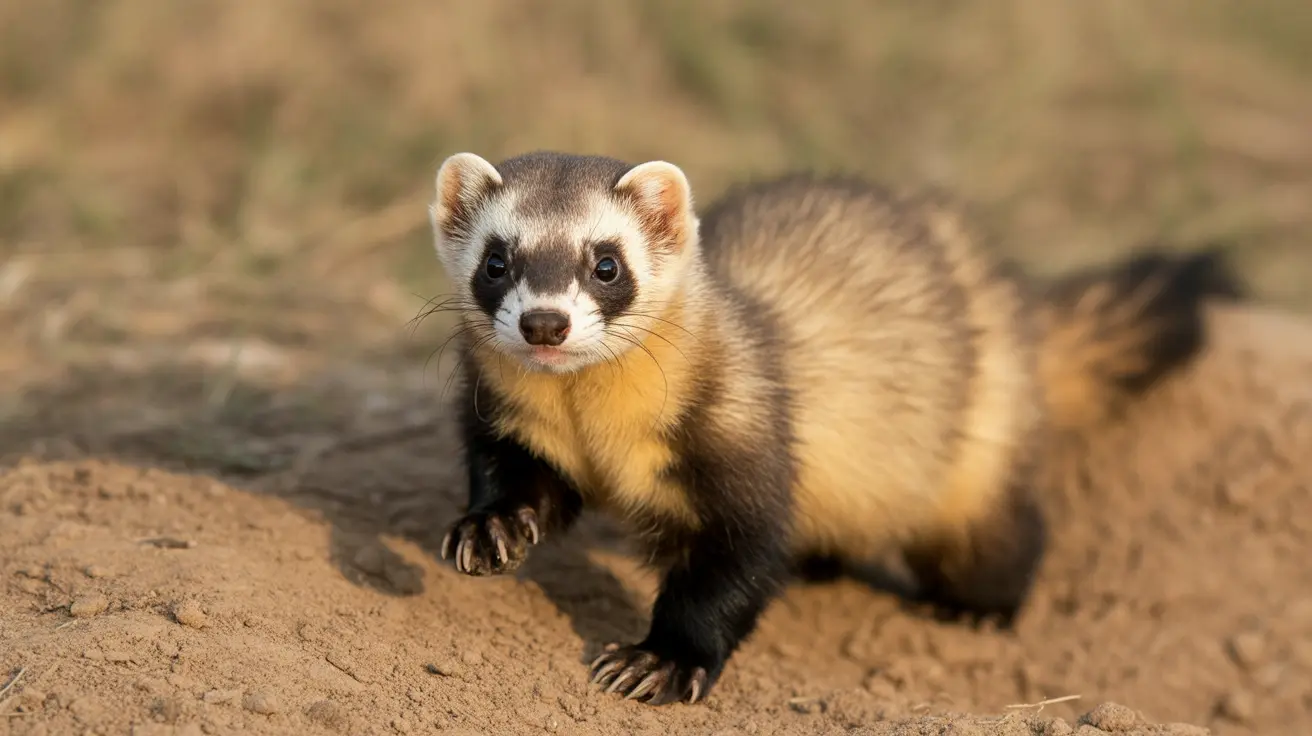What Happens If Your Dog Eats Part of a Corn Cob?
Corn on the cob is a summertime favorite for many households, but when you're enjoying this seasonal treat, it's crucial to ensure that your dog doesn’t get access to the leftover cob. While the sweet, juicy corn may be harmless in moderation, the cob itself poses a significant health hazard for dogs.
Why Are Corn Cobs Dangerous for Dogs?
Unlike corn kernels, which are usually safe for dogs to eat in small amounts, corn cobs are indigestible and can become lodged in your pet’s gastrointestinal tract.
Major risks include:
- Choking hazard: Dogs may choke while trying to chew or swallow the cob.
- Gastrointestinal blockage: Cobs do not break down in the digestive tract and can cause obstructions.
- Perforation and rupture: If left untreated, a blockage could result in intestinal rupture or infection.
Even large dogs aren’t safe from these dangers, although medium and small breeds may be at higher risk.
Symptoms of Corn Cob Ingestion
The tricky part for pet owners is that symptoms may not appear immediately. In some cases, adverse effects can take hours to days to develop.
Watch for signs like:
- Vomiting
- Lethargy or low energy
- Loss of appetite
- Abdominal pain or discomfort
- Constipation or straining during defecation
- Diarrhea
- Excessive drooling
- Unsuccessful attempts to vomit
- Collapse or dehydration in severe cases
If your dog exhibits any of these symptoms and you suspect they ate part of a corn cob, reach out to a veterinarian immediately.
What to Do If Your Dog Eats a Corn Cob
Immediate steps to take:
- Do not induce vomiting unless directed by a vet.
- Contact your veterinarian or an emergency vet clinic right away.
- Monitor your dog closely for any behavioral or physical changes.
Treatment might involve X-rays or ultrasounds to determine cob location. If the cob is in the stomach or intestines, a vet might perform:
- Endoscopy: A less invasive method to retrieve the cob if it's still in the stomach.
- Surgery: Gastrotomy or enterotomy to remove a lodged cob and prevent further damage.
Delaying treatment can result in worsening conditions like tissue necrosis, infection, or even death.
Preventing Corn Cob Ingestion
Prevention is always better than emergency care. Here are some steps you can take:
- Dispose of corn cobs in secure, dog-proof trash bins.
- Educate friends and family never to feed leftovers containing corn cobs.
- Train your dog with commands like “leave it” or “drop it.”
- Supervise your dog during picnics and barbecues.
- Clear plates promptly and avoid leaving table scraps unattended.
Is Corn Ever Safe for Dogs?
Yes—but only if the kernels are removed from the cob and served plain. Corn is present in many dog foods and contains nutrients like:
- Carbohydrates
- Protein
- Fiber
- Vitamin C and some B vitamins
Safe corn-based treats include:
- Plain, cooked corn off the cob
- Plain, air-popped popcorn without butter or salt
Avoid any corn with added seasonings, butter, or salt, and always check for allergies before offering any new food item to your dog.
Final Thoughts: Quick Action Saves Lives
A corn cob might seem harmless, but for your dog, it could become a life-threatening situation. If ingestion happens, don’t wait for symptoms to develop. Immediate veterinary intervention can make all the difference.
Prevention, awareness, and supervision are the best ways to keep your pet safe during gatherings or meal times. With a little caution and preparation, you can ensure your dog remains healthy, happy, and corn cob–free.





